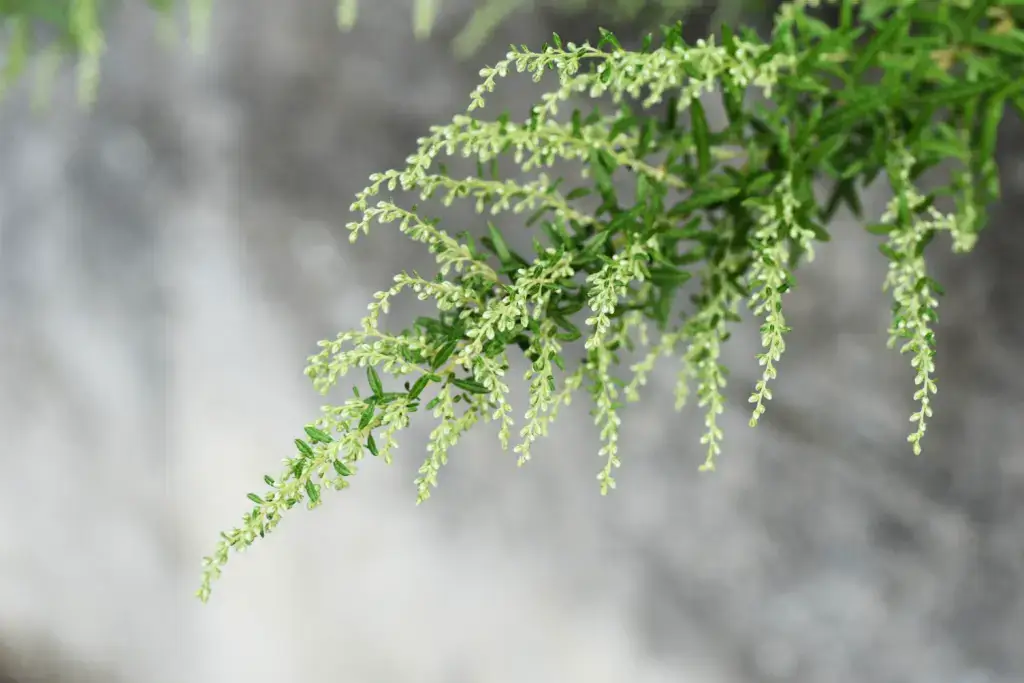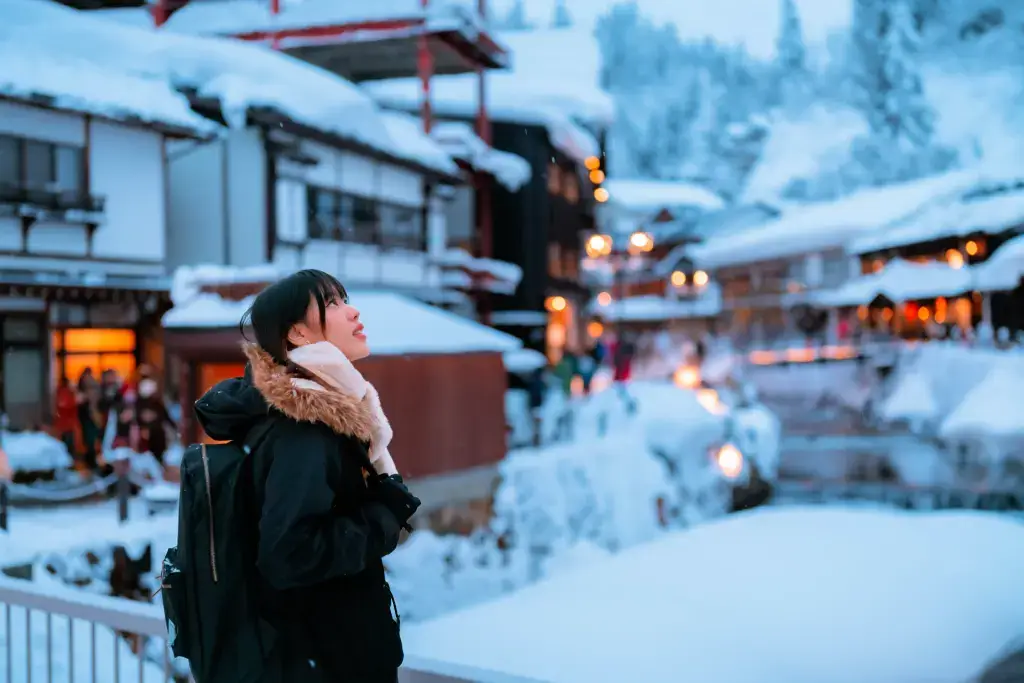Yomogi and More: Five Amazing Flora of Japan!
Karina Ikedo
Posted on June 05, 2024
Share:

Japan is a beautiful country with a wide array of beautiful flowers. Its flora includes many species, with about 4,500 native Japanese plants, including wisteria, yomogi, and iris. Japan has a rich cultural gardening tradition and is a global biodiversity hotspot. Keep reading to learn more about Japan’s five most fascinating and unique plants!
Yomogi
Native to Japan, this plant grows in all areas of Japan except for Hokkaido. It’s most common in sunny areas, particularly hills, fields, riverbanks, roadsides, etc. The yomogi leaves have green, fuzzy, finely cut leaves. It’s one of the most versatile spring flowers used in mochi (rice cakes), skincare, all-purpose remedies, and more!

Traditionally, people ate it as food and took it as a treatment for various health conditions. Besides chlorophyll, it has vitamins A, B1, B2, and C, and minerals such as iron, calcium, and phosphorus. Since the leaves contain cineole and other essential oils, they give off a fresh, spring-like fragrance. This sacred botanical is also a powerful remedy that helps to calm and hydrate skin visibly.
Myoga Ginger
Have you seen a flower bulb that is pinkish red in the middle and yellow on the base and tips? Chances are that you are looking at myoga, sometimes referred to as Japanese ginger. Myoga is an herb that grows wild in Japan, from the islands of Honshu to Okinawa. It’s available year-round when grown in greenhouses, but its peak season is summer to fall when grown outside.

Along with ginger and other herbs, the flowers and stems have long been popular in Japan as a savory vegetable. The taste is a mix of ginger and shallot. Like common ginger, myoga contains various vitamins, minerals, and antioxidants. It’s known for its anti-inflammatory properties.
Are you looking for some fantastic snacks in Japan? Check out Sakuraco! Sakuraco delivers traditional Japanese snacks, teas, and sweets from local Japanese makers directly to your door so you can enjoy the latest treats directly from Japan!
Japanese Iris

Native to Japan, Japanese irises are among the most elegant and beautiful. They’re renowned for their elegant, large, and vibrant flowers. Japanese irises have the largest flowers and are one of the last irises to bloom. The flowers are rather flat, rising above green blade-like foliage. The beautiful purple or, less frequently, white iris usually blooms for a short period in May in Japan. The Japanese iris grows in damp conditions and can be found near small lakes and shrines.
Sakaki

Sakaki is an evergreen tree from Asia. It has thick, oval-shaped leaves that are glossy, bright green, and have some yellowish shades inside. Between spring and early summer, small white flowers appear on this tree. This plant is in Japanese culture and tradition. Its leaves are common in Shinto (the indigenous religion of Japan) rituals to create a bridge between humans and deities. Sakaki grown in Japan is more expensive, but it is of better quality and lasts longer.
Japanese Wisteria
Japanese culture highly regards Wisteria for its association with good luck, kindness, and longevity. Japan has cherished Wisteria for centuries, and literature, art, and cultural traditions usually feature it. During the Heian period, royalty exclusively reserved the purple color of the wisteria flower. This flower is typically a pale purple or blue color cultivated by gardeners worldwide. Japan is home to some of the world’s most famous and stunning wisteria gardens.

One of them is Ashikaga Flower Park in Tochigi Prefecture. Spanning around 80 meters, this magnificent tunnel is formed by over 350 wisteria trees aged over 150 years. From late April to mid-May, the tunnel transforms into a breathtaking display of cascading pink, purple, white, and yellow flowers. Visitors can also stroll through this enchanting floral archway, marveling at the vibrant colors and fragrances, making it a unique and unforgettable experience.
Why are Japanese plants like yomogi important?
Japanese plants are important because they are beautiful and unique. Seeing them is a wonderful experience. Flowers and plants also play significant roles in various circumstances throughout the year in Japan. Additionally, flowering plants, like yomogi, define the seasons in Japan. Depending on the time of the year you visit, you will encounter these plants in abundance.

Overall, these rare flowers have a very high significance in Japanese culture. Beyond each species is a symbol of life. It also plays an essential role in Japanese art, literature, and everyday living. In addition to the beauty the flowers give the eyesight, they evoke powerful emotions. Japan is undoubtedly one of the countries famous for its flowers. Have you been lucky enough to have seen any of these rare Japanese flowers? Which ones did you see, and where did you see them? Do you have a favorite one? Let us know in the comments below!

Discover authentic flavors with Sakuraco
Get Sakuraco 

Discover authentic flavors with Sakuraco
Get Sakuraco 
Related Articles

Hatsumode: Why Is It Japan’s Most Important Tradition?
Hatsumode is the first visit to a shrine or temple in the New Year in Japan, and it is one of the country’s most important traditions. Every year, millions of people participate, demonstrating the profound connection between this custom and daily life.

Japanese Fish Bait: The Beautiful Art of Kebari
Kebari are traditional hand-tied flies used for freshwater fishing in Japan, especially in mountain streams where small insects form the main diet of native fish. Instead of bright plastic lures, kebari use feathers, thread, and natural materials to create subtle movements in the water.

Japan Holidays Guide: Relax, Explore, and Delight in Festive Fun
As the year draws to a close, everywhere buzzes with preparations for the holidays, and Japan is no exception. Despite the cold winter weather, you can feel warmth in the scenery, decorations, and festive activities across the country. Let’s explore the unique experiences of holidays in Japan that many people dream of enjoying at least once in their lifetime!

Tokyo Gardens: Five Beautiful Traditional Japanese Gardens to Visit
Tokyo gardens offer a relaxing escape for visitors looking to get a breath of fresh air. However, Tokyo has more than just the typical gardens we see in the West. Let’s explore five traditional Japanese gardens and what makes them unique!



